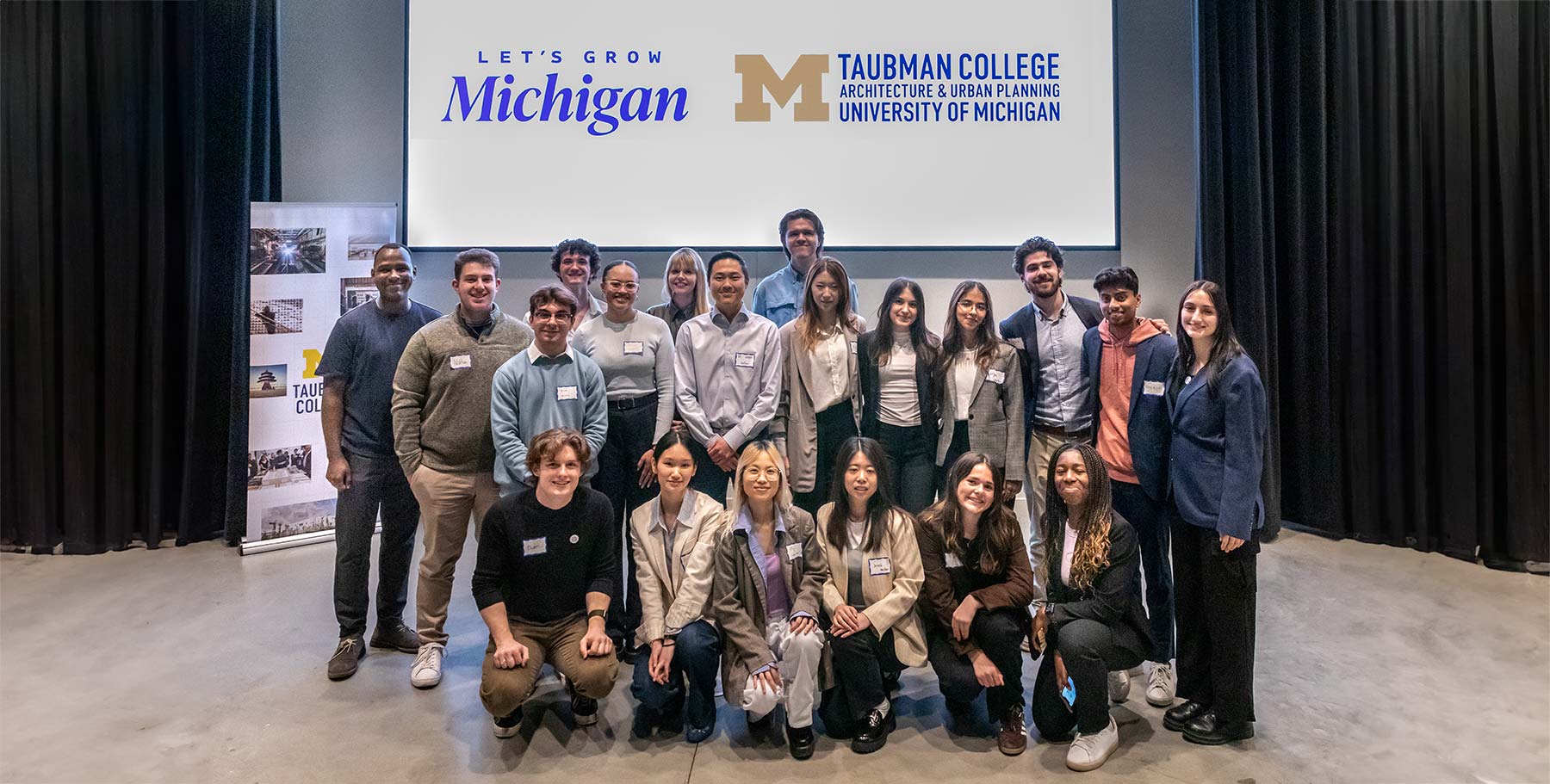Deng co-authors chapter in “The Future of Public Housing”
Lan Deng, associate professor of urban and regional planning, and Zhu Xiaodi (Arneson Education and Cultural Foundation, Washington DC) have co-authored a chapter, “From Public Housing to Joint Ventures: Lessons from the U.S. Housing Policy Development.” This chapter is included in “The Future of Public Housing: Ongoing Trends in the East and the West,” published by Springer (Berlin Heidelberg 2013).
Their chapter investigates the successes and failures of U.S housing development and offers suggestion on what emerging economies like China can learn from the U.S. experience, given their ambitious efforts in expanding affordable housing provision to low-income families. Almost eight decades have passed since the U.S. government first established its role in helping low-income families’ housing consumption. The government efforts began with the public housing program, created in response to the housing austerity caused by the Great Depression. However, over the years the U.S. government has moved away from the public housing model. Instead, it has established a housing policy framework that features the participation of the private sector in affordable housing production, albeit with significant public assistance. Meanwhile, a greater emphasis has been placed on providing quality neighborhoods and expanding socioeconomic opportunities to low-income families.
Public housing was once an important strand in western housing policies, but is seldom seen as a mainstream policy instrument for the future. In contrast, in many East Asian countries large public housing programs are underway. Behind these generalizations, there are exceptions, too. By including perspectives of scholars from across the world, this book provides new insights into public housing in its various forms. It contains in-depth chapters on public housing in five East Asian countries and six Western countries, together with three comparative overview chapters.
Access the book online: http://link.springer.com/chapter/10.1007/978-3-642-41622-4_11




